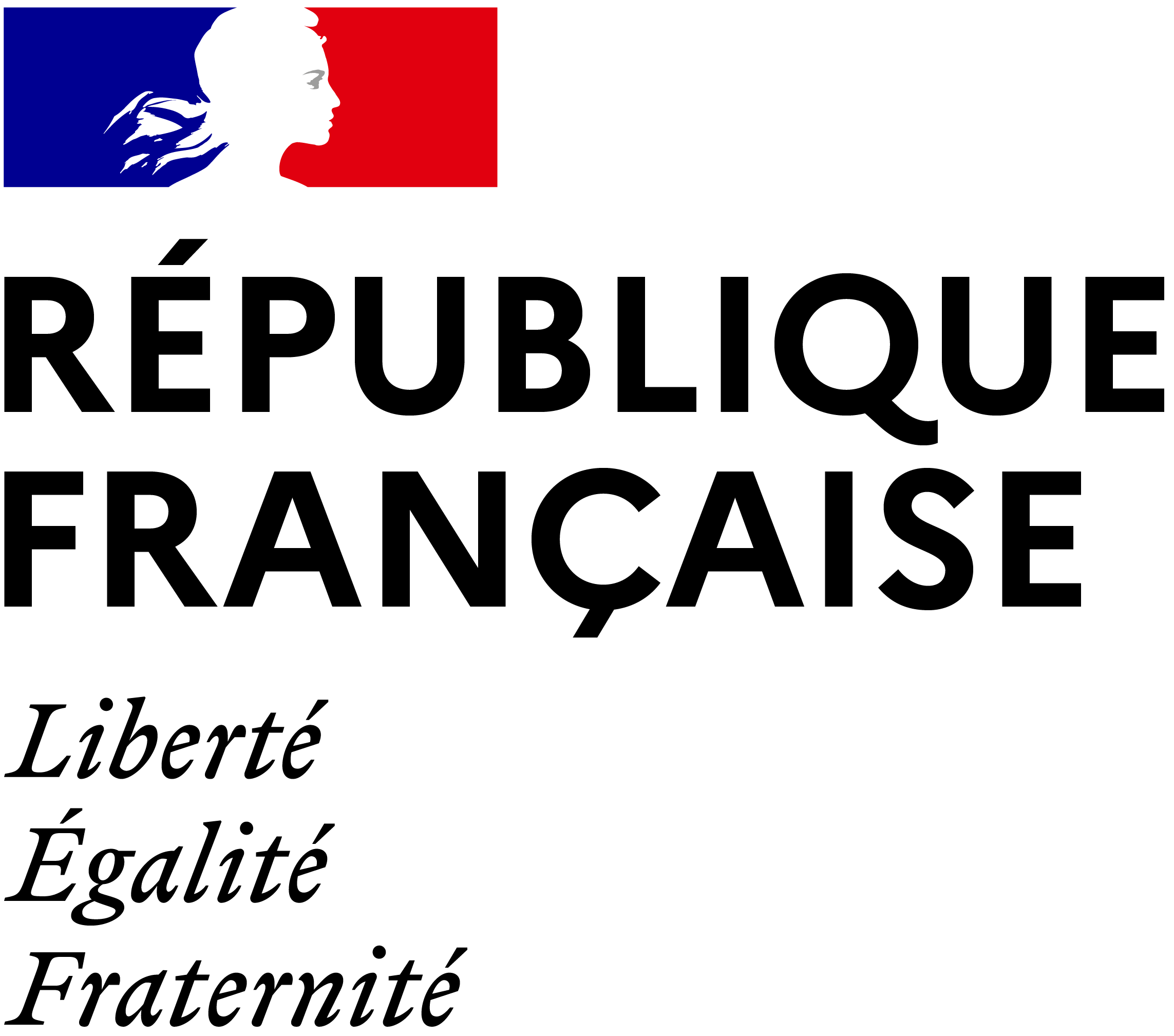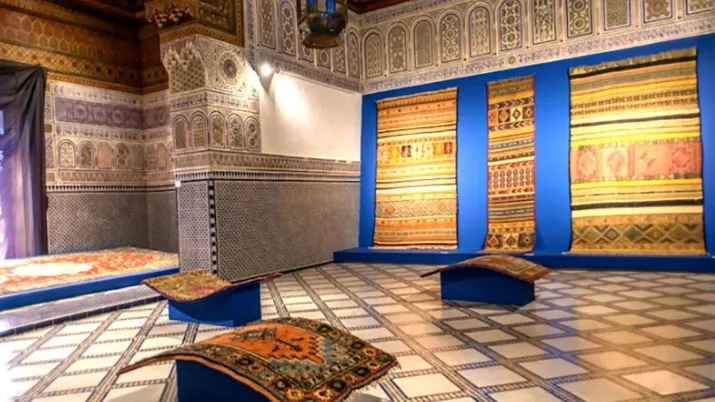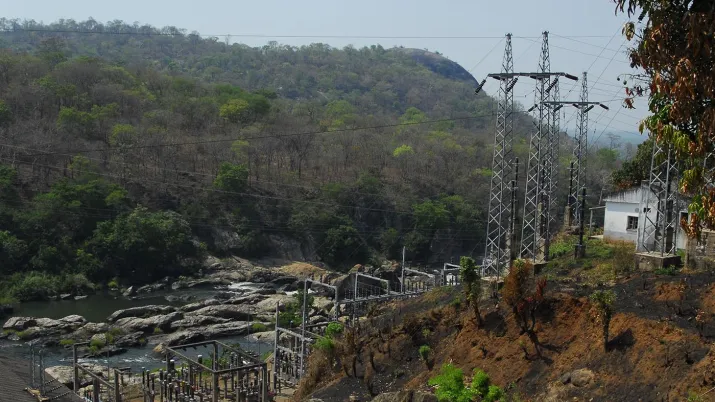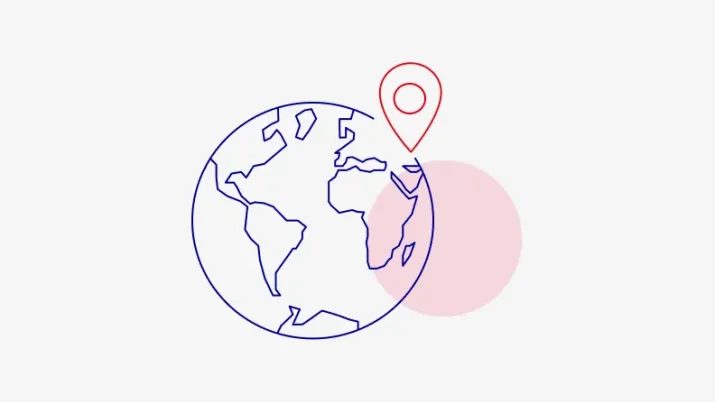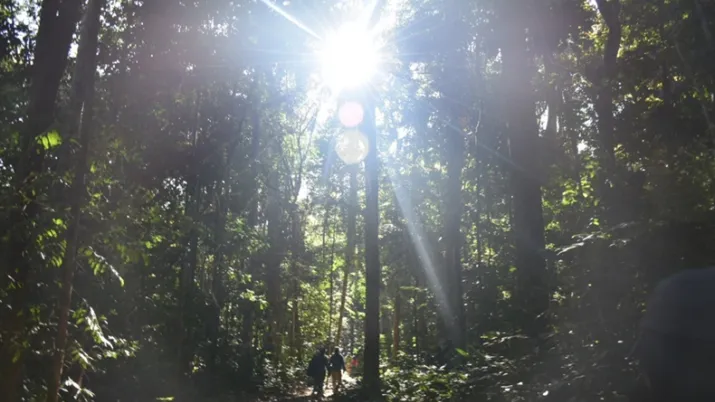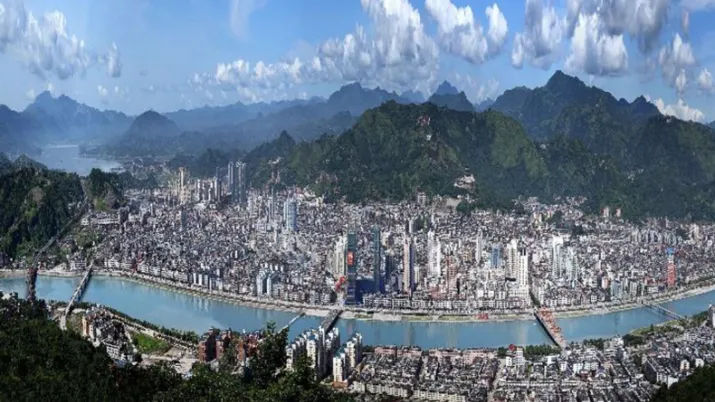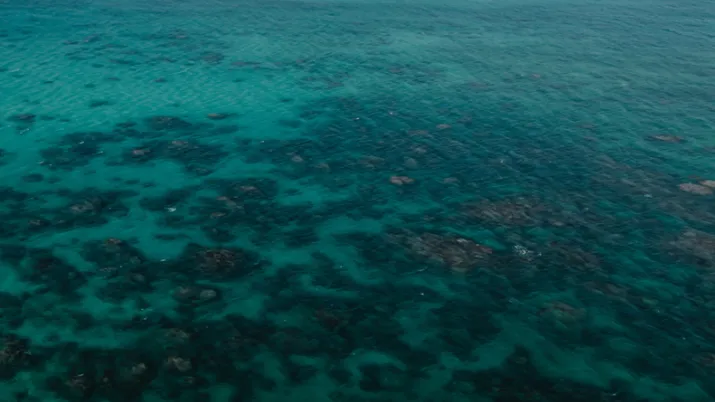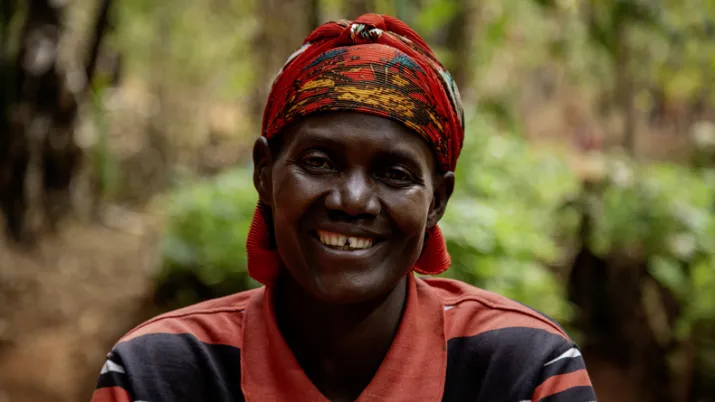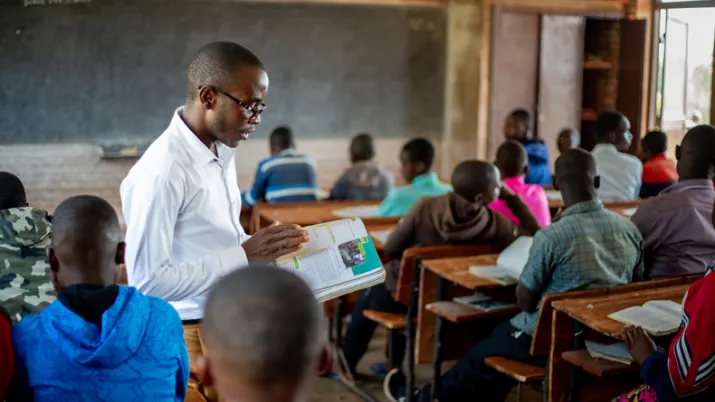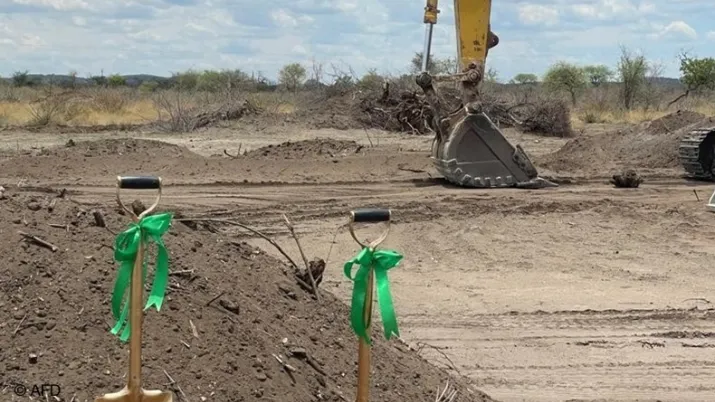Share the page
KENYA: Rehabilitation of Aberdares and Mau Forests with the Green Belt Movement
Project
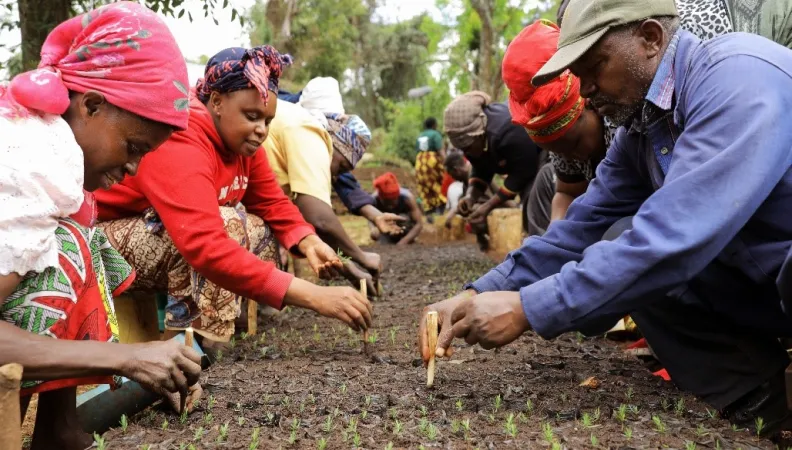

-
Project start date
-
Status
Ongoing
-
Project end date
-
-
Project duration
-
5 years
-
AFD financing amount
-
€ 1 300 000
-
Location
-
Aberdares and Mau forests, Kenya
-
Type of financing
-
Beneficiaries
-
Green Belt Movement
-
Type of beneficiary
-
CSO
In Kenya, the Aberdares and Mau forests, Nairobi's main water sources were heavily threatened before being rehabilitated by the Nobel Peace Prize winner Wangarai Mathai's Green Belt Movement.
Context
The first phase of the project took place in the Aberdares National Park, home to one of Kenya's last remaining primary forests and is the main water tower for the Nairobi capital.
The second phased focused on the Mau forest, Kenya's largest natural forest ecosystem. Its forests provide vital services to the country, whether in terms of storing and purifying water and recharging aquifers, regulating river flows and mitigating the risk of flooding, reducing soil erosion, conserving biodiversity or regulating the climate.
However, these to ecosystems were facing similar threats: logging, charcoal production (fuel sources), pastures, cultivation and housing construction. All these activities are illegal, but constantly increasing due to demographic pressure. The consequences for water resources and biodiversity are visible.
To reverse this trend, the Green Belt Movement, led by Wangari Maathai, requested AFD's support in 2006, in 2021 to restore degraded areas, raise awareness among neighboring populations, and improve their living conditions.
Description
The two phases of the project have been deployed with a similarmethodology and included:
- The creation of nurseries and replanting native trees on degraded plots;
- Awareness of forest protection with the help of the civil society (local NGOs, groups of women, etc.)
- Diversification of sources of income of people living near the forest
- Promotion of profitable alternative use of forest products to create a replicable methodology for the rehabilitation of other forest ecosystems.
Impacts
According to the Green Belt Movement, the first phase of the project made it possible to plant 3.8 million trees in the Aberdares, about half of them on 2,000 hectares of forest and the other half on 1,900 hectares of public sites or community areas.
The second phase aims at rehabilitating 300 ha of degraded forests and watershed as well as conserving 1700 hectares of arable degraded land in the Mau forest, by replanting 300,000 trees of native species using the GBM method.
It will also support 1,000 households in communities bordering forest sites by promoting better use of natural re-sources.

